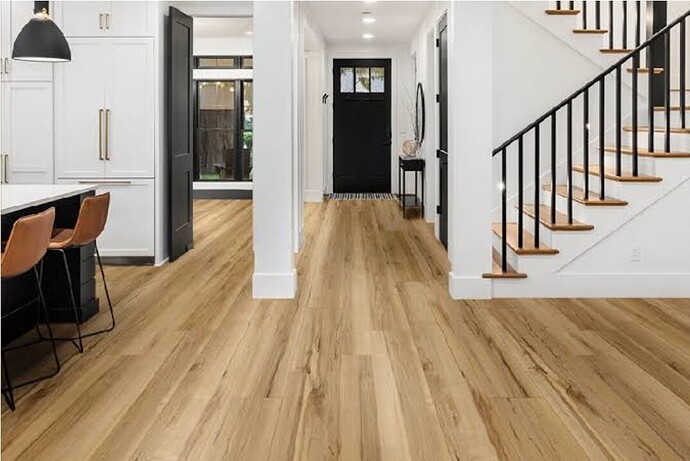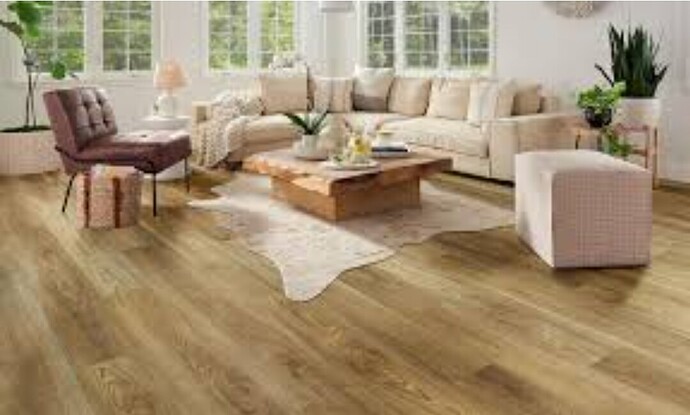Flooring is one of the most important decisions in any renovation. It not only affects the look and feel of a room but also plays a key role in durability, comfort, and maintenance. Choosing the right flooring material for each space ensures both practicality and style in your renovated home.
For living rooms and bedrooms, many homeowners prefer hardwood or laminate. Hardwood offers timeless beauty and warmth, while laminate provides a more affordable and scratch resistant alternative. Both options bring elegance and can be complemented with rugs to add softness and personality.
In kitchens, durability and moisture resistance are essential. Tile and vinyl flooring are popular choices because they withstand spills, heat, and frequent cleaning. Modern vinyl planks often mimic the look of wood or stone while offering a cushioned feel underfoot, making them ideal for long hours of cooking.
Bathrooms require flooring that can handle constant moisture. Ceramic or porcelain tiles are excellent due to their water resistance and wide range of styles. For a more modern approach, waterproof vinyl flooring has also become a strong contender, offering slip resistant textures that improve safety.
Basements benefit from materials that resist dampness and temperature fluctuations. Engineered wood or luxury vinyl planks are strong candidates, as they hold up well in environments where traditional hardwood may warp. For laundry rooms or utility areas, concrete sealed with epoxy provides strength and a clean finish.
Comfort is also a factor. Carpet remains a good choice for bedrooms and family rooms where warmth and softness matter. It creates a cozy atmosphere, especially in colder climates.
Ultimately, the right flooring material depends on the function of each room and the lifestyle of those living in the home. Balancing style, budget, and practicality ensures a long lasting result that enhances the entire renov
ation.

